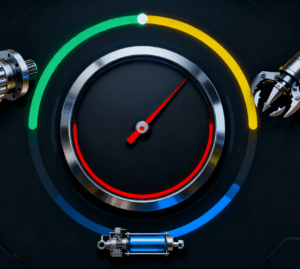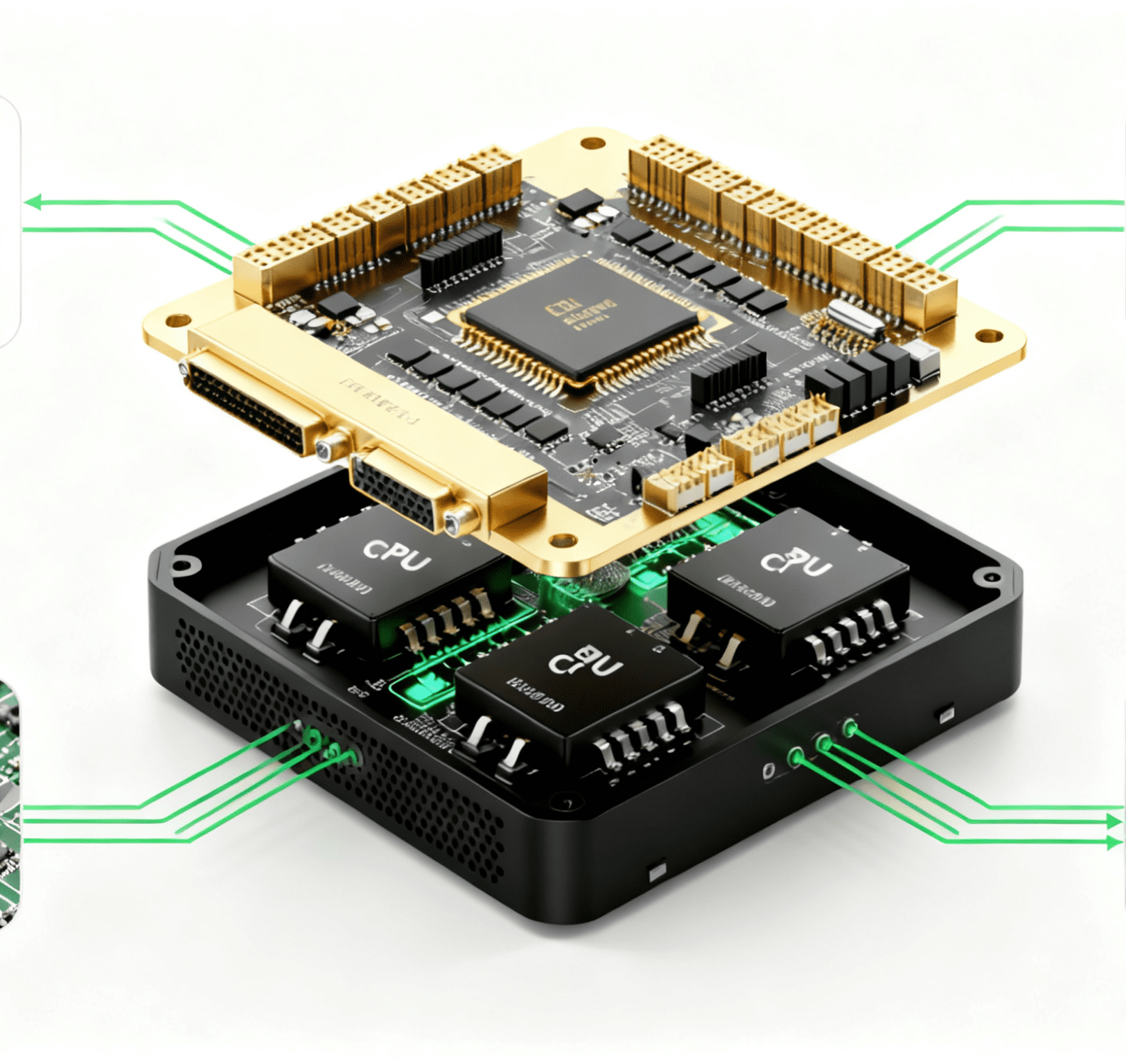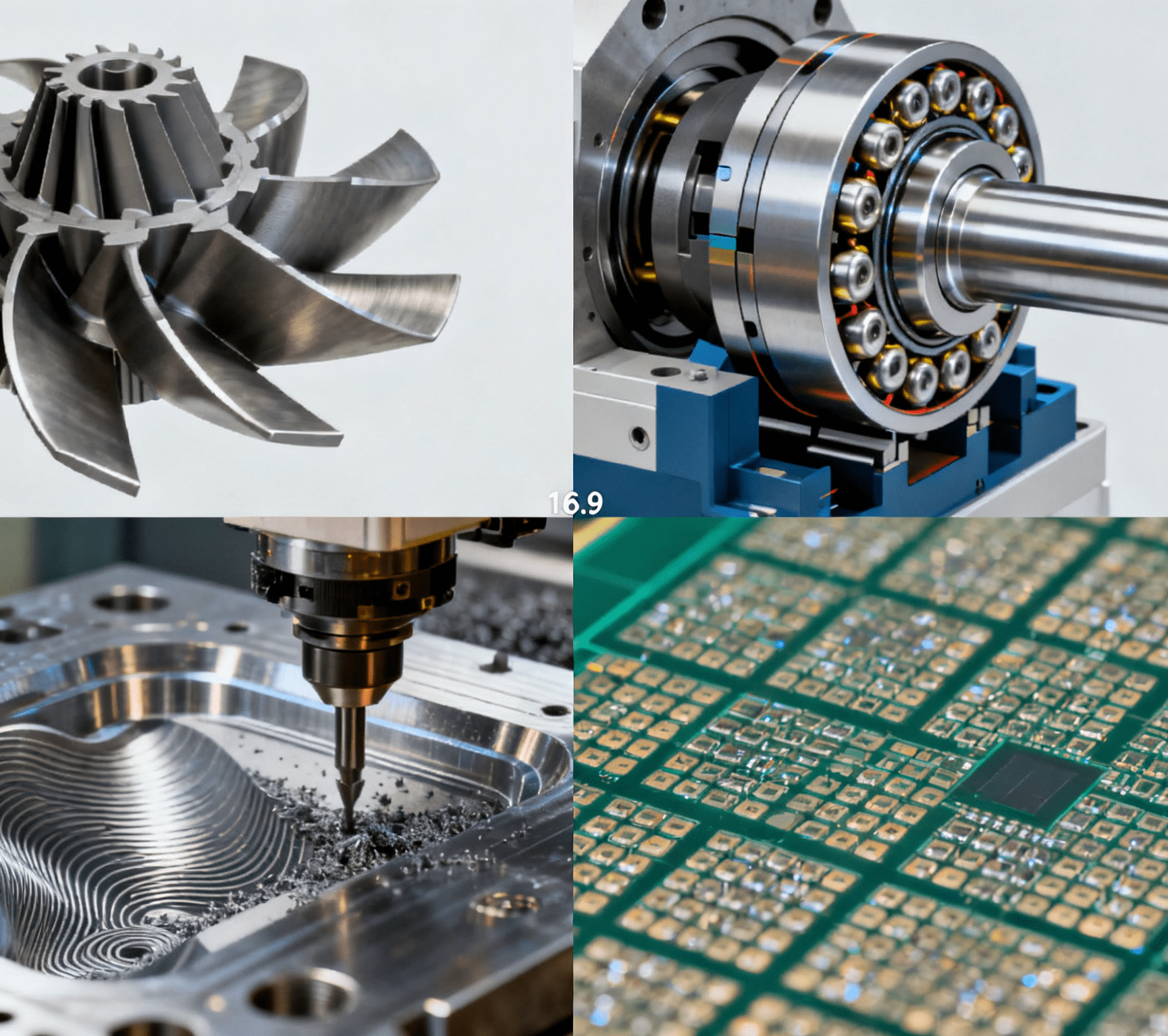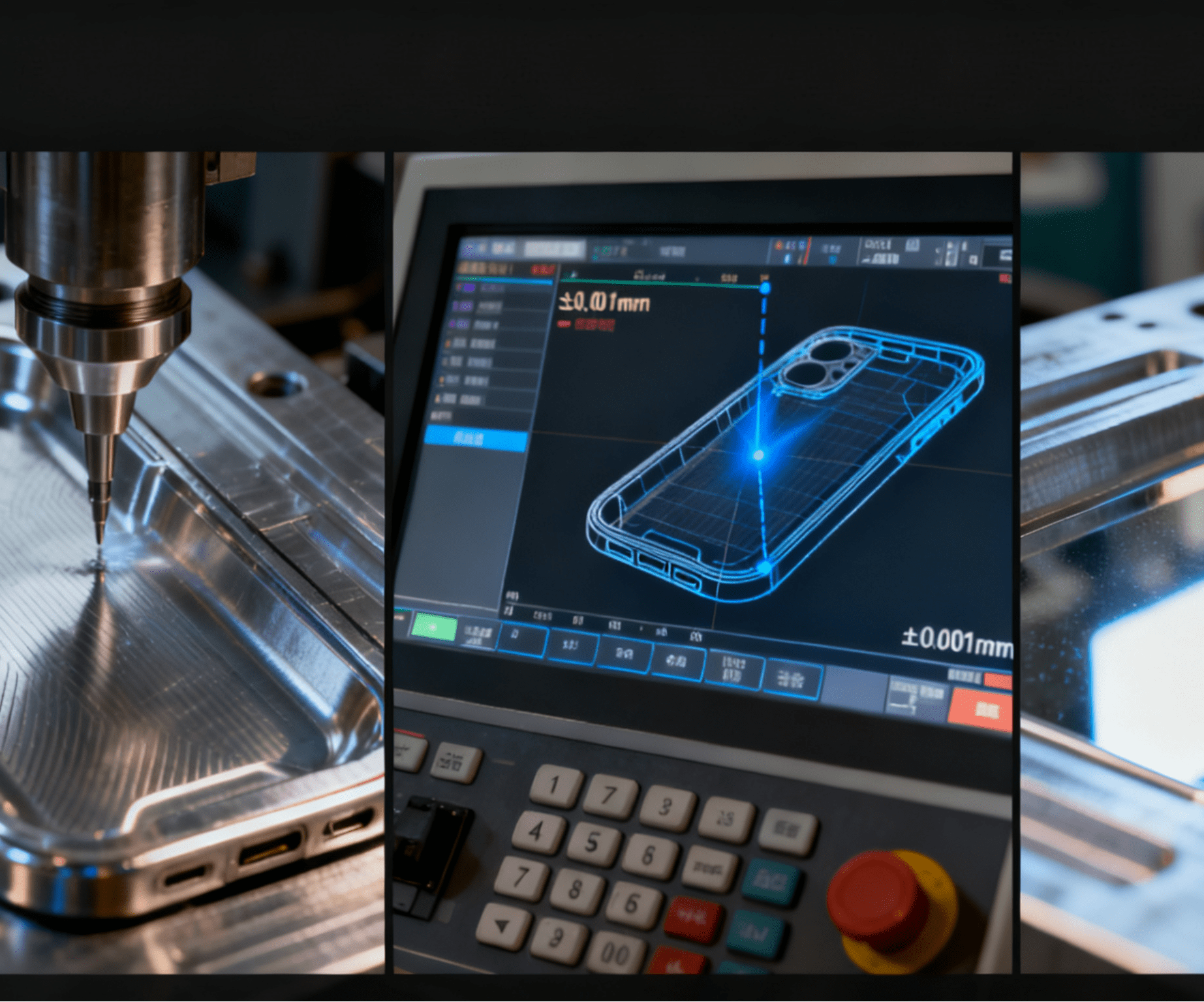
In industrial production, the stable operation of equipment is crucial, and the rational setting of maintenance cycles is the key to ensuring the normal operation of equipment. So, what exactly is the scientific basis for setting equipment maintenance cycles? This issue is also indispensable in the field of CNC machining (Computer Numerical Control Machining), especially in CNC precision machining and precision parts machining.
Equipment Working Principles and Wear Laws
Different types of equipment have different working principles, which directly affect the setting of maintenance cycles. Take a CNC machining center as an example: during its operation, key components such as the spindle, lead screw, and guide rail are in a state of high-speed movement and continuously rub against each other. According to the principles of mechanical kinematics and tribology, these components will inevitably experience wear after long-term operation. For automatic spring tray arrangement equipment—widely used in precision component assembly lines—its core components such as conveying rollers, positioning sensors, and spring separation mechanisms are subject to repeated friction and vibration during continuous operation. Studies have shown that in the early stage of equipment operation, the wear rate of parts is relatively slow, which is called the initial wear stage; as the operation time increases, the wear rate accelerates and enters the normal wear stage; when the wear reaches a certain level, it will enter the severe wear stage, at which point the equipment performance will decline sharply (e.g., spring arrangement misalignment, positioning deviation) and even failures may occur. Based on this wear law, equipment maintenance cycles should be reasonably arranged within the normal wear stage. Regular inspection, lubrication, and replacement of key components (such as calibrating sensors and polishing conveying rollers for automatic spring tray arrangement equipment) should be carried out to prevent the equipment from entering the severe wear stage.
Operating Environment Factors
The operating environment of equipment has a significant impact on the maintenance cycle. Equipment working in harsh environments such as high temperature, high humidity, and heavy dust is more prone to corrosion, oxidation, and contamination of its components. For instance, in a foundry workshop, high temperatures and dust will accelerate the aging and wear of equipment, requiring more frequent maintenance. In contrast, in a CNC precision machining workshop with constant temperature, constant humidity, and cleanliness, the equipment’s operating environment is relatively good, so the maintenance cycle can be appropriately extended. In addition, if the equipment operates under high load for a long time, the internal components bear greater pressure and heat, and wear will also intensify. For example, automatic spring tray arrangement equipment running 24 hours a day in high-volume production lines will have accelerated wear of its transmission system, so the maintenance cycle needs to be shortened accordingly.

Statistical Analysis of Operating Hours
The cumulative operating hours of equipment is one of the important bases for setting maintenance cycles. Through statistical analysis of equipment operating hours, the wear degree and service life of equipment components can be roughly estimated. For example, according to the manufacturer’s technical data and a large amount of actual usage data, the bearings and tool chucks of the spindle of a certain model of CNC machining center will wear to a certain extent after 5,000 hours of operation, affecting machining accuracy. For automatic spring tray arrangement equipment, data shows that its positioning sensor accuracy will drift significantly after 4,000 hours of continuous operation, and the spring separation mechanism’s wear will lead to unstable arrangement efficiency. Therefore, when the equipment’s operation approaches 4,000 hours, targeted maintenance should be scheduled to calibrate sensors and inspect the separation mechanism, ensuring the precision of spring tray arrangement. Therefore, when the equipment’s operation approaches 5,000 hours, a comprehensive maintenance session should be scheduled to inspect and maintain the spindle components, ensuring that the equipment meets the accuracy requirements in precision parts machining.
Failure Data Analysis
Analyzing the historical failure data of equipment can also provide a scientific reference for setting maintenance cycles. By collecting and organizing information such as equipment failure types, occurrence times, and failure causes, the weak links and high failure periods of the equipment can be identified. If a certain piece of equipment frequently experiences failures of a specific component after a period of operation, it is necessary to shorten the maintenance cycle for that component, strengthen its inspection and maintenance, and prevent the recurrence of failures in advance. For example, if automatic spring tray arrangement equipment frequently encounters jamming caused by wear of the conveying roller bearings, the maintenance cycle for the bearings should be shortened from 4,000 hours to 3,000 hours, with regular lubrication and wear detection to avoid production interruptions.
The setting of equipment maintenance cycles is not arbitrary; it is based on multiple scientific bases such as equipment working principles and wear laws, operating environment, statistical analysis of operating hours, and failure data analysis. This applies equally to specialized equipment such as automatic spring tray arrangement equipment in precision assembly scenarios. In actual production, enterprises should comprehensively consider these factors and formulate personalized maintenance cycles for different equipment to ensure that the equipment is always in good operating condition, improve production efficiency, and ensure the smooth progress of work such as CNC machining, CNC precision machining, and precision parts machining.
How to choose a multi-component capping assembly machine suitable for your production line?




















